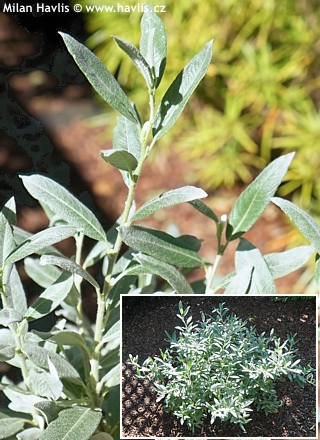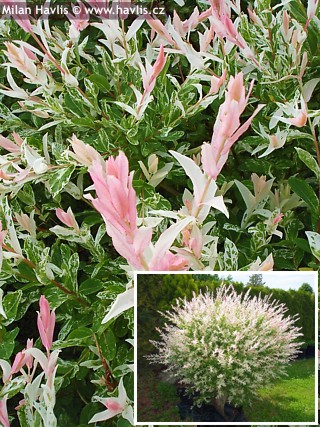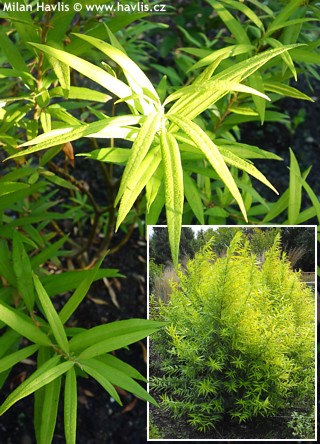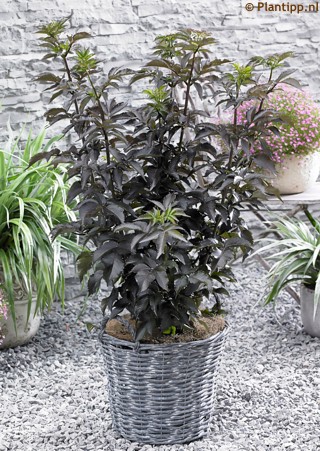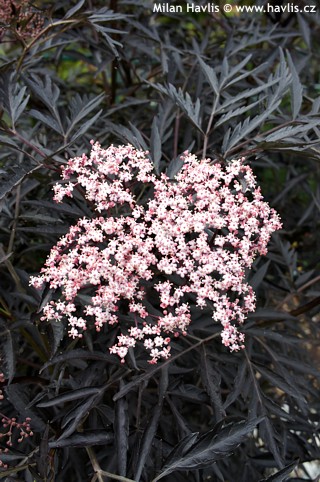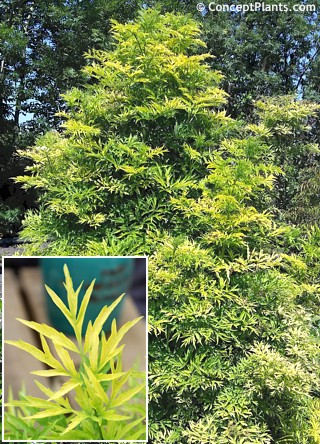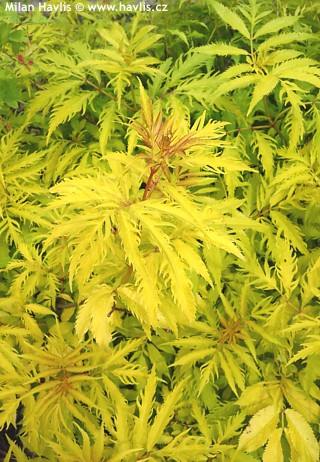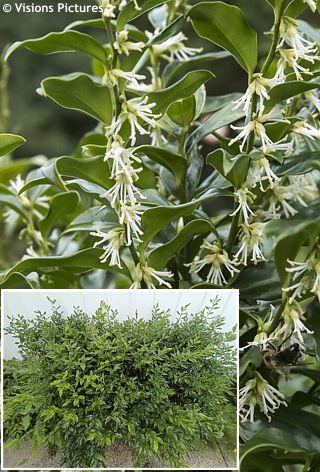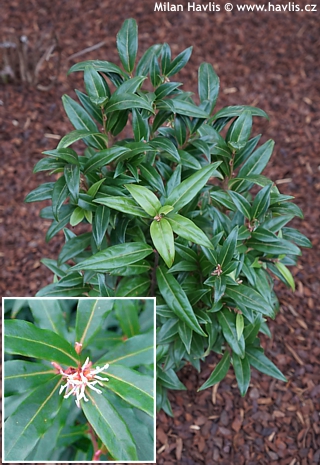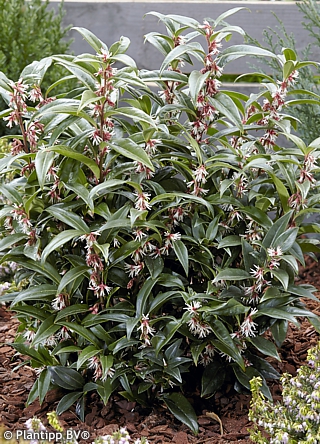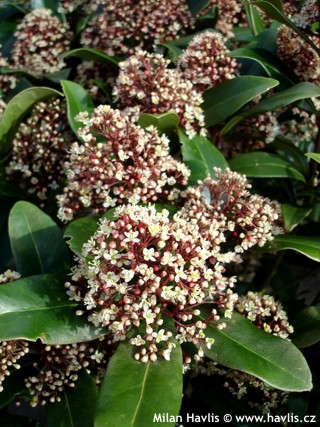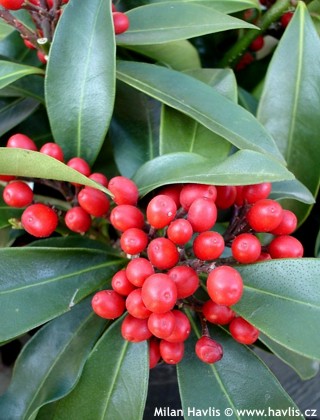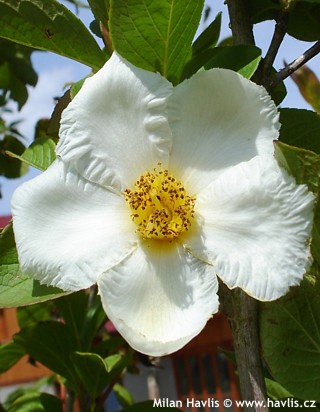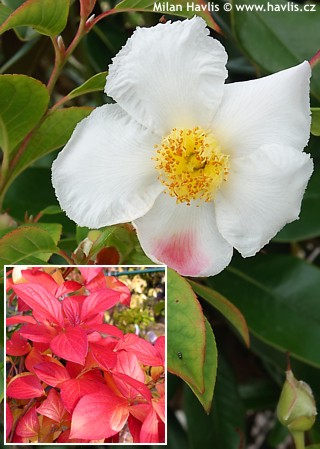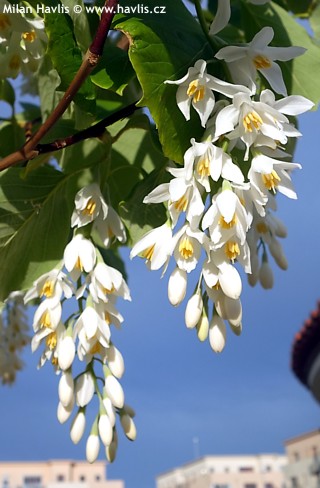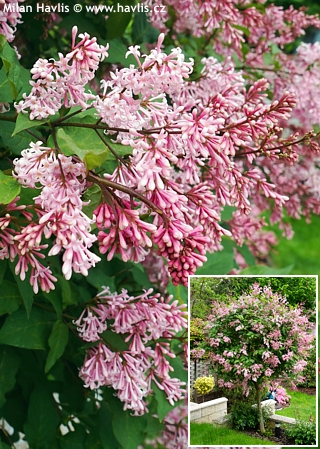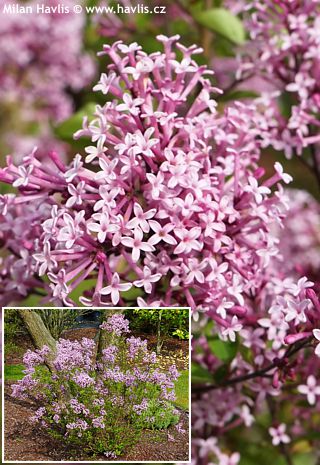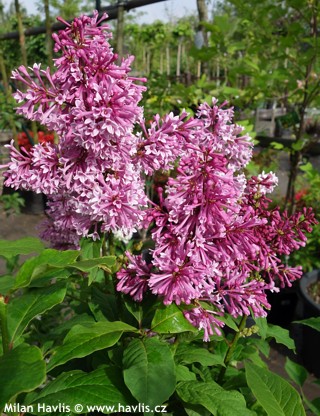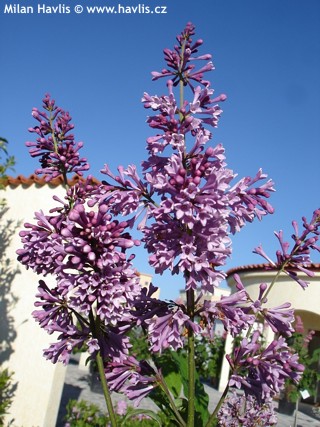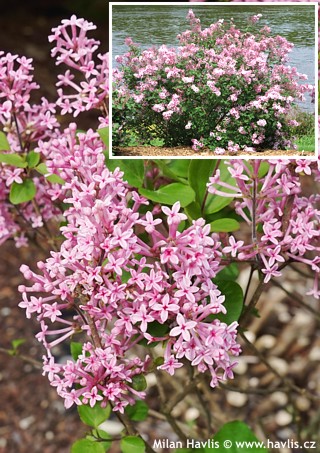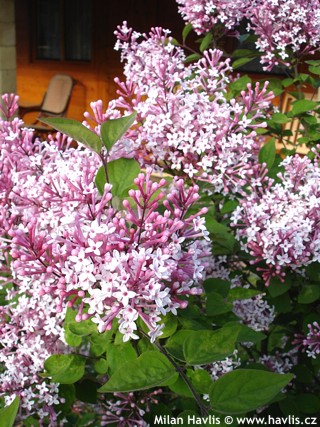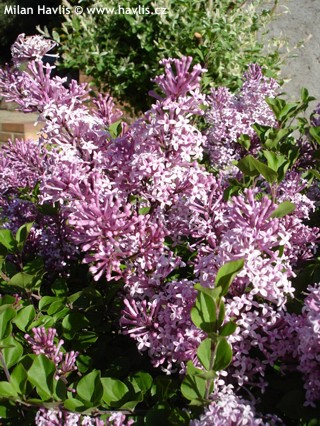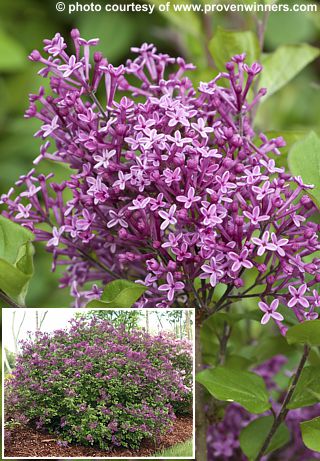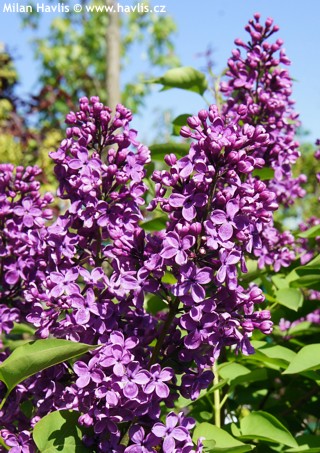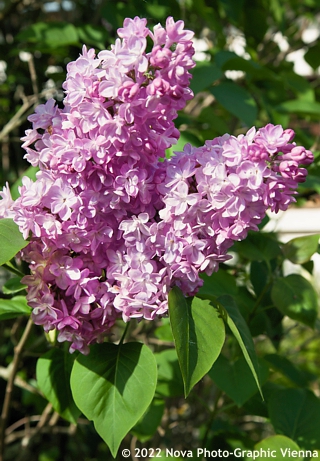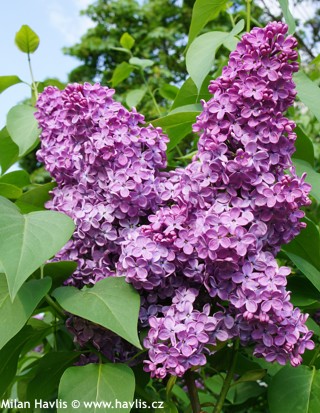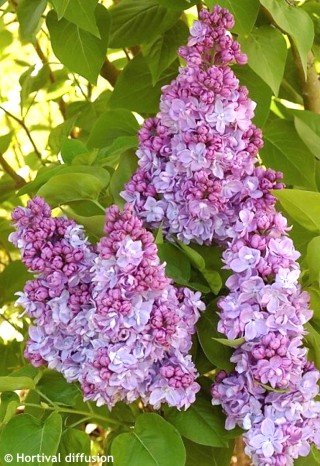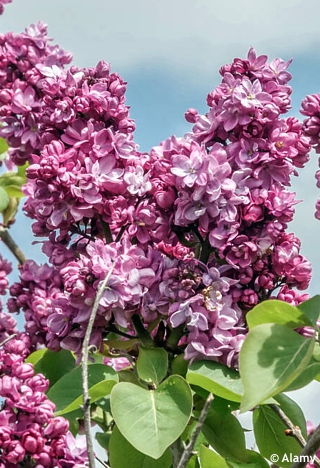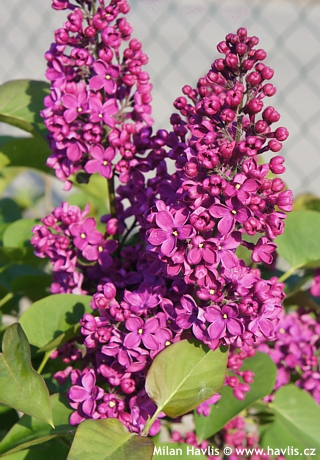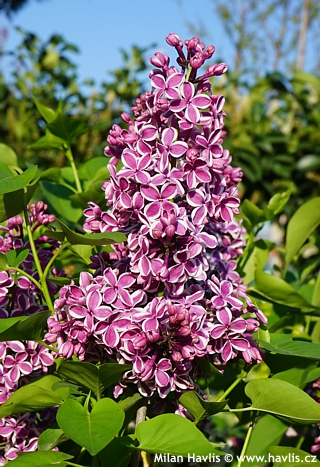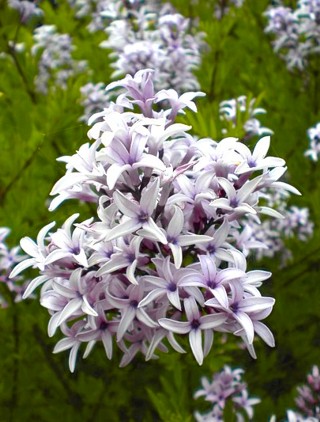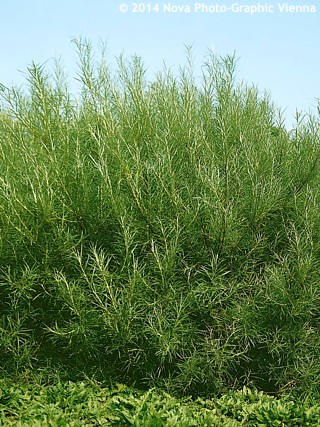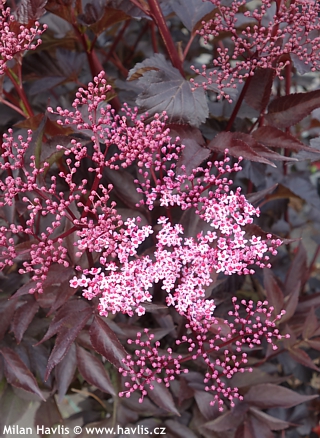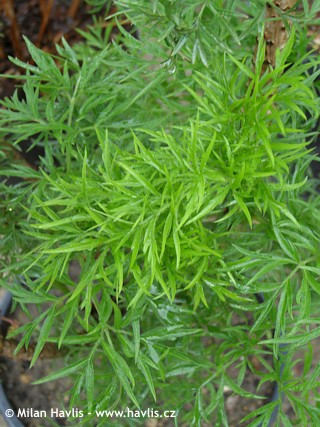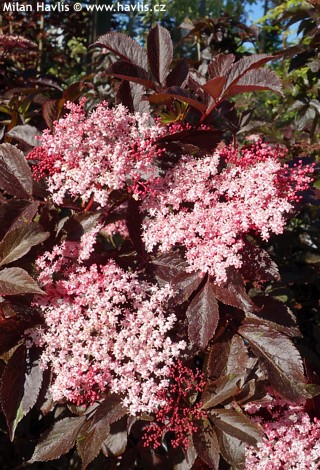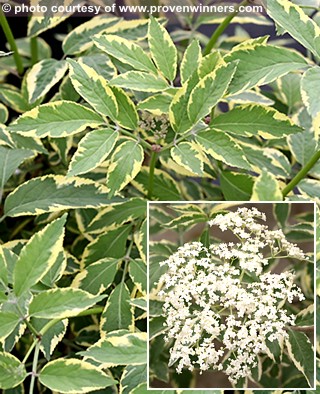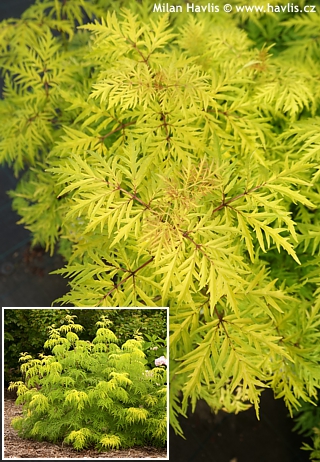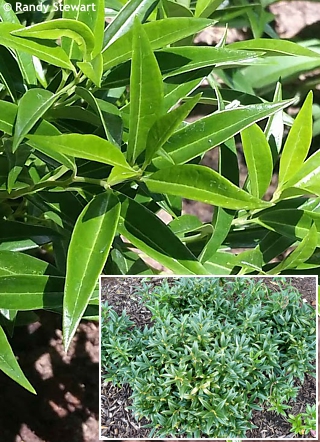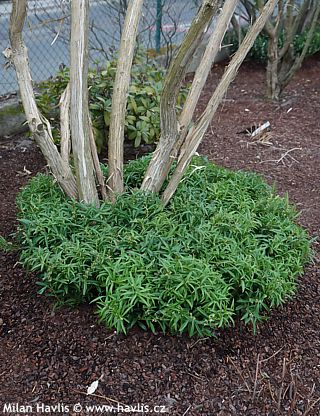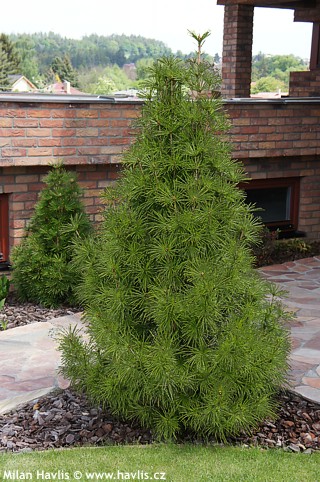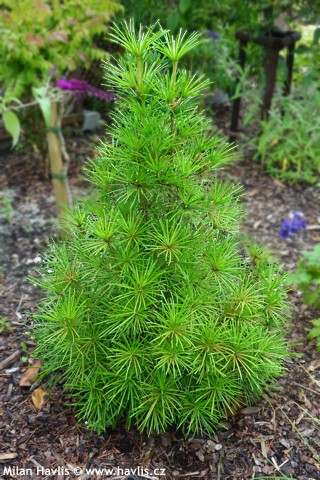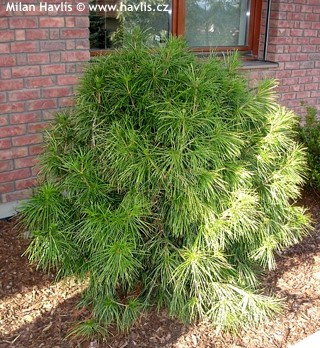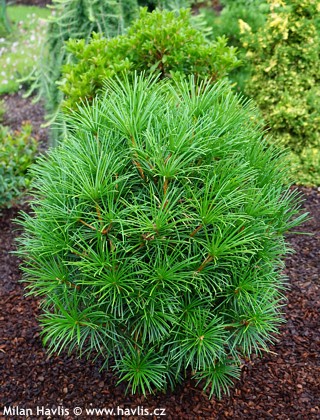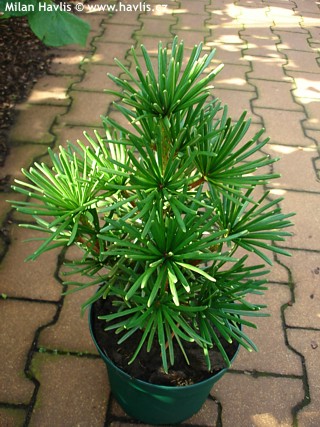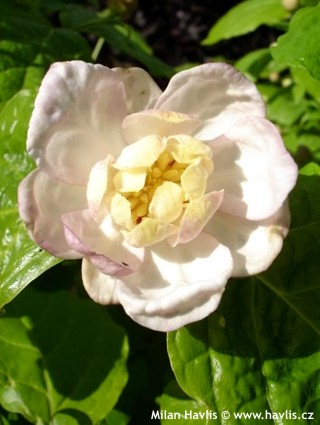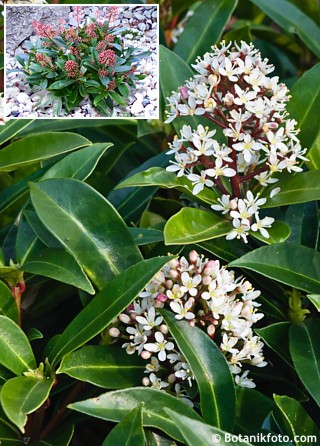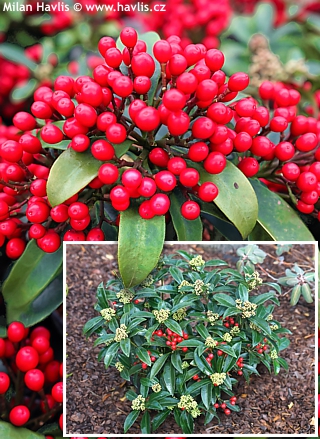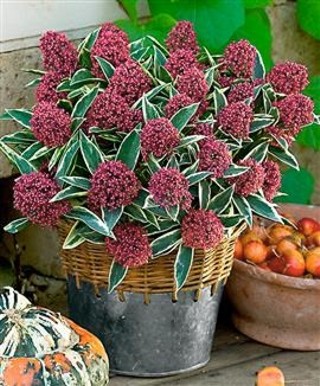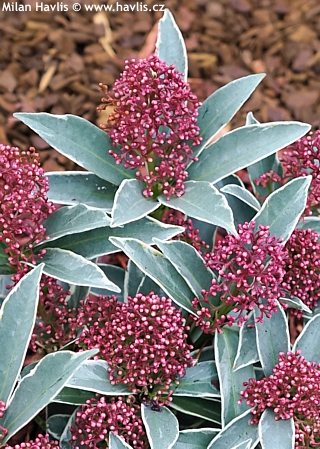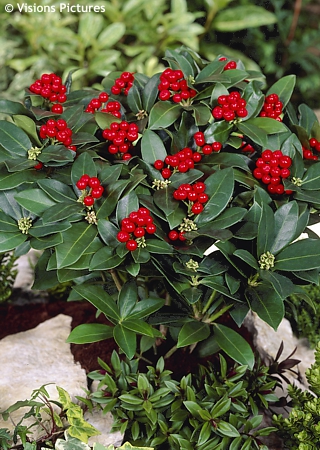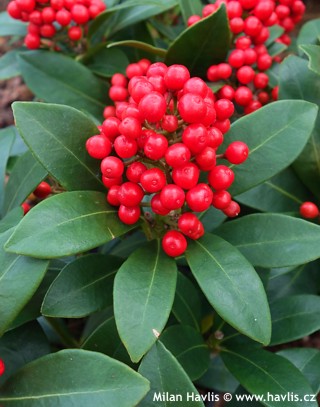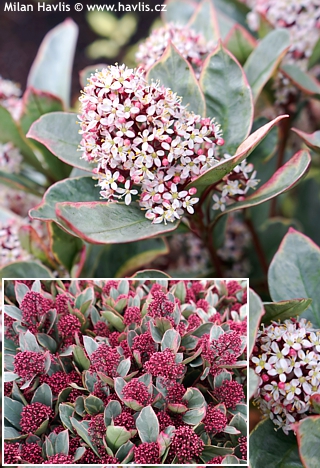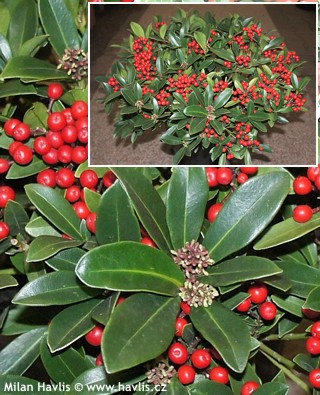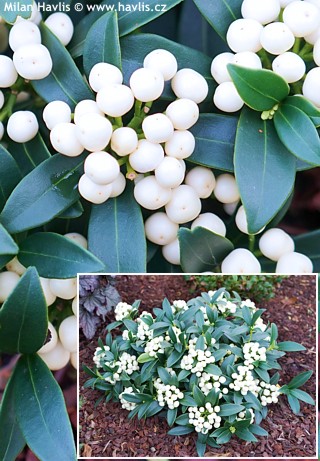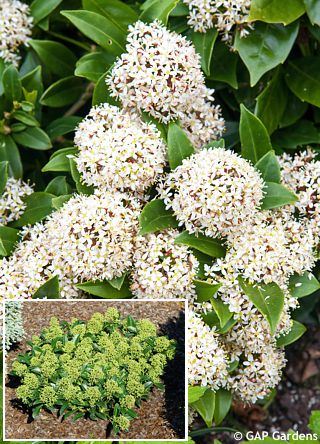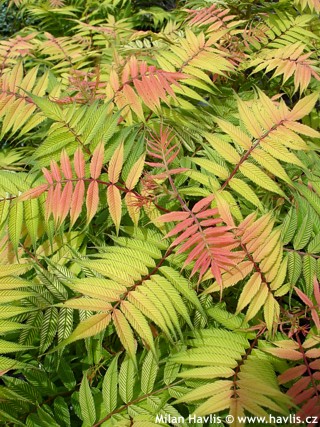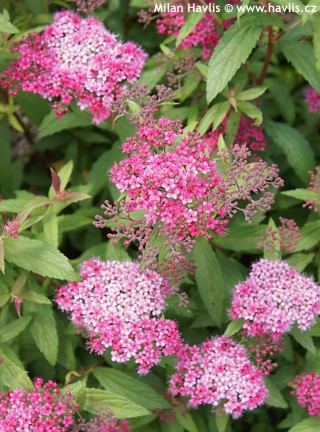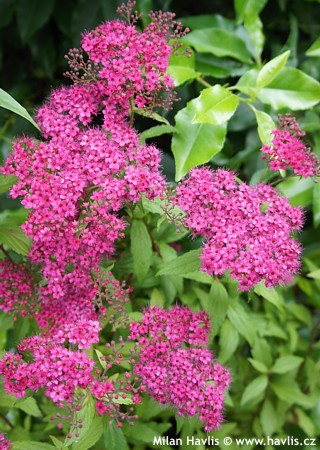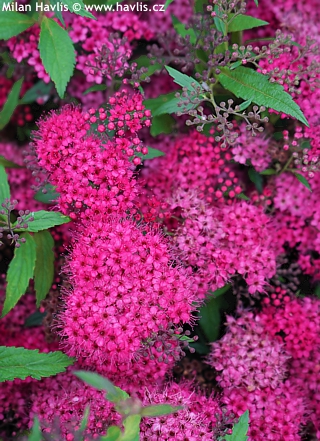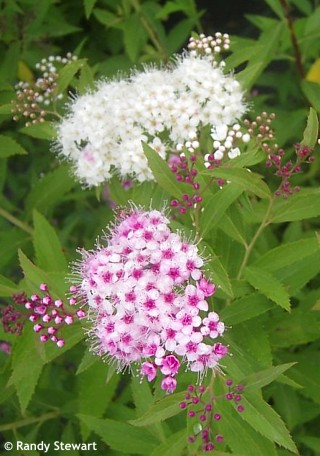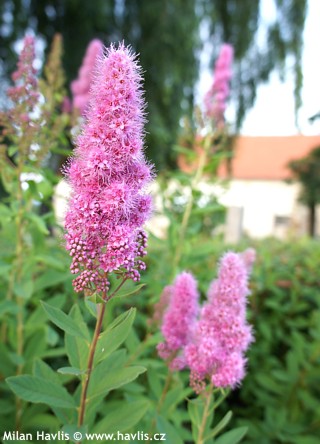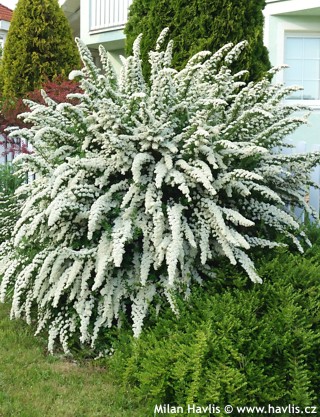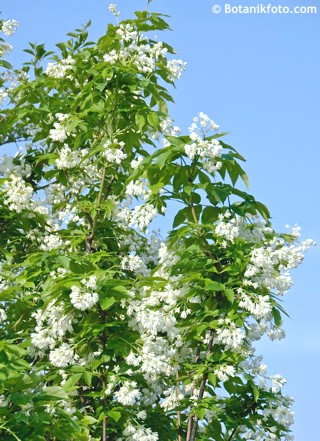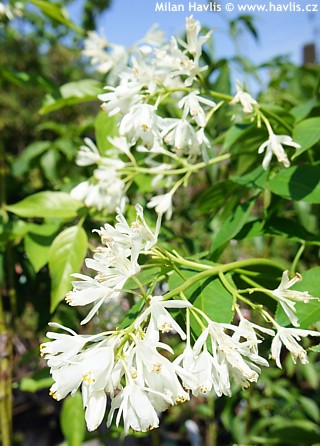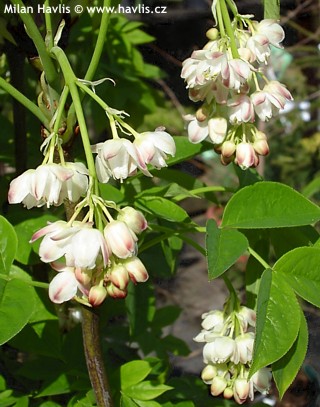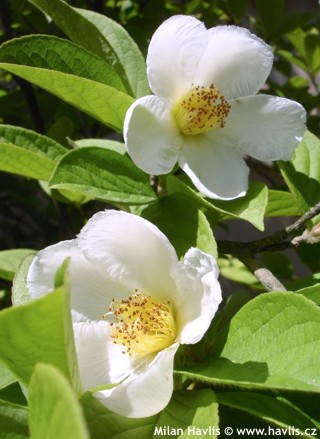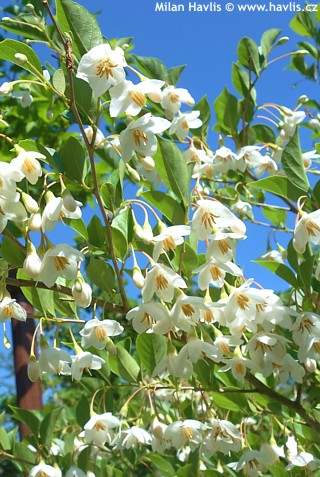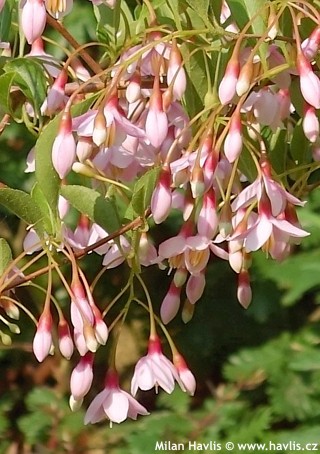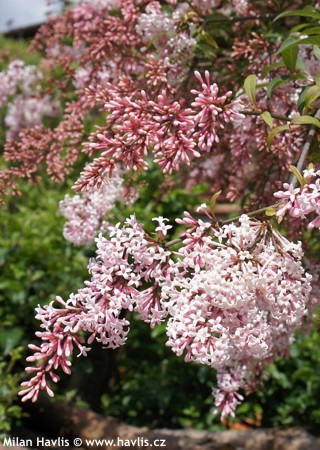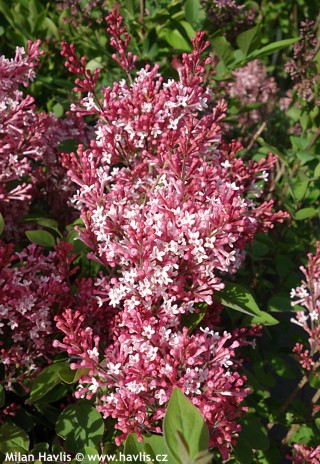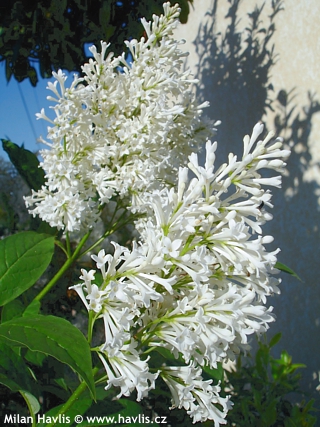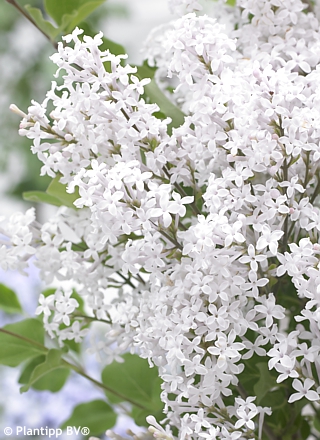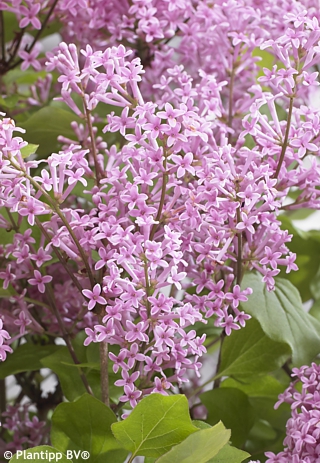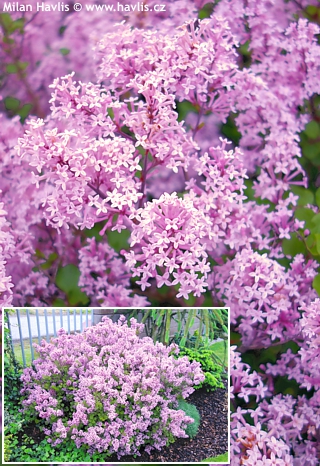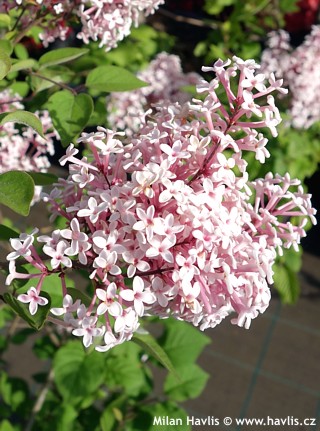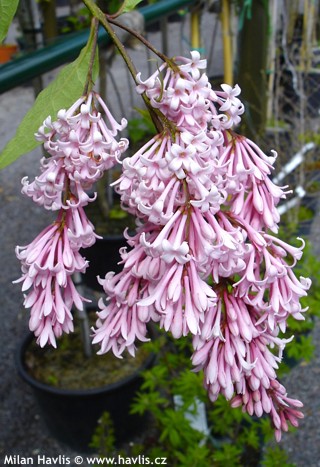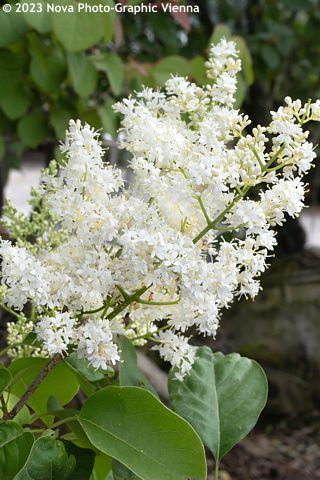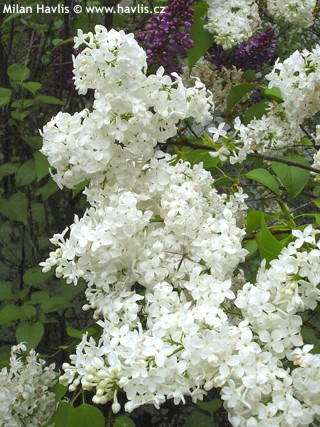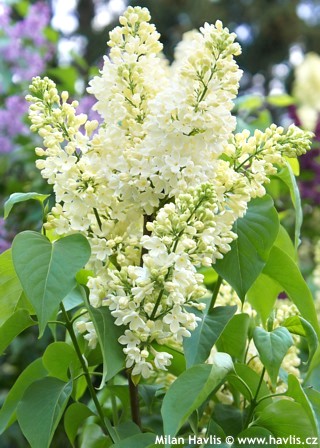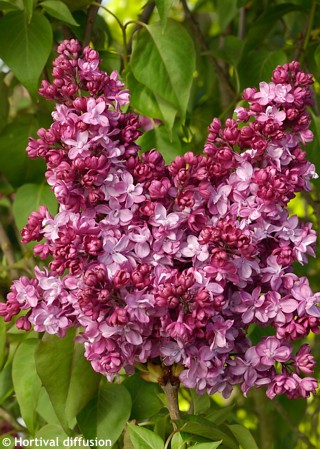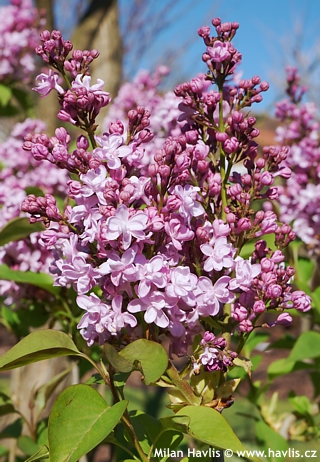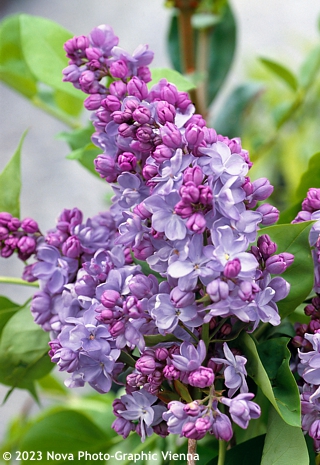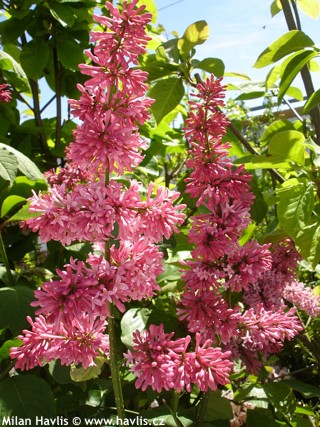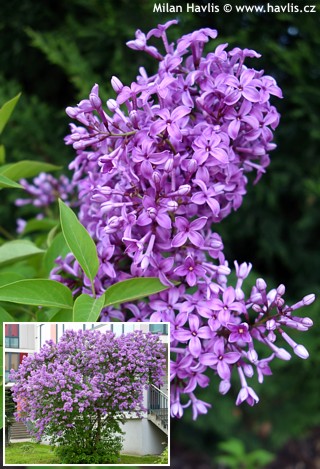CURRENTLY IN STOCK:
Swiss willow is a cute little shrub, a uniquely dwarf version of willow. It is our native taxon whose natural habitat extends north-east to Poland, south-west to France, and is most often found in the Alps and Tatras. You can recognize it by its smoot, soft leaves. They are deciduous, 5-6 cm long, n ...

0,5 - 1m

0,5 - 1,3m

full sun

for zone 5+6

for zone 7
Flamingo is a newer sport of so popular Hakuro Nishiki dappled willow from 1979. It was found in a Dutch nursery Salixkwekerij Bontekoe, and boasts earlier colouring of new leaves and twigs that are rich pink, just like flamingo's feather. Leaves are deciduous, narrowly elliptic, 3-4 cm long, pea gr ...

1,5 - 3,5m

1 - 3m

full to partial sun

4 (down to -34°C)

for zone 5+6

for zone 7
Golden Sunshine willow makes very elegant, narrowly lance-shaped, deciduous leaves which emerge bright yellow green, mature golden yellow in summer, and turn chartreuse in late summer and autumn. They are 7-10 cm long and withstand summer heat and direct sunshine without sunburn. Catkins are produce ...

2 - 4m

2 - 4m

full to partial sun

5b (down to -27°C)

for zone 5+6

for zone 7
BLACK TOWER is another child from the nursery breeding programme of popular Black Beauty and Black Lace®. It was awarded a prize for best new ornamental plant in England in 2010. It is a variety of European elder with deep burgundy black, deciduous leaves and strictly upright habit which is ide ...

V - VI

1,5 - 3m

0,2 - 1,3m

full sun to shade

for zone 5+6

for zone 7
Black Lace is a variety of European elder that has lace-like, deep burgundy leaves that look like those of dissectum Japanese maples. Flowers are striking pink panicles that appear in May. Its vigorous growth helps this shrub soon make a dense cover of leaves that are vivid purple in the spring, dee ...

V - VI

2 - 3m

1,5 - 2,5m

full sun to shade

5 (down to -29°C)

for zone 5+6

for zone 7
GOLDEN TOWER is a slender growing variety of European elder, a sister variety of BLACK TOWER, but this time with golden foliage. Its deciduous leaves emerge bright lime green and reach a vivid yellow green or almost golden yellow shade in full sun. They are deeply incised and perfectly soften the st ...

V - VI

1 - 3m

0,5 - 1m

full to partial sun

5 (down to -29°C)

for zone 5+6

for zone 7
This variety of elder comes from England. It has striking golden-yellow fern-like foliage. New leaves have pink to reddish-purple margins. Flowering panicles are not too showy but are followed by very attractive fruit: bright red glossy berries in late summer. For best appearance we suggest pruning ...

IV - V

1,5 - 2,5m

full to partial sun

5 (down to -29°C)

for zone 5+6

for zone 7
This sweet box is believed to have come from western China where it probably originated as a natural hybrid of two species. Nowadays, you will not find it in the wild either because it is extinct or perhaps it never existed as a botanical species. Very interesting is a fact that there are no varieti ...

II - IV

0,5 - 1,5m

1 - 1,5m

semi-shade to shade

7 (down to -23°C)

for zone 5+6

for zone 7
Purple Stem is a Himalayan sweet box variety renowned for rich maroon stems in late winter and spring. They also may (but may not) turn purplish blue in autumn just like young stems of some blue hollies. It boasts highly glossy, evergreen, narrowly lance-shaped, dark green foliage. In autumn are for ...

I - III

0,5 - 1m

0,5 - 1m

semi-shade to shade

7 (down to -23°C)

for zone 5+6

for zone 7
Winter Gem is a Himalayan sweet box variety bred by Peter Moore from England. He succeeded in hybridizing a sweet box that will grow well in a pot which is something that sarcococca dislikes and will tolerate chalk (lime soil). Winter Gem boasts highly glossy, evergreen, narrowly lance-shaped, dark ...

I - III

0,5 - 1m

0,5 - 1m

full sun to shade

7 (down to -23°C)

for zone 5+6

for zone 7
Skimmia is a very nice small shrub, often used as a groundcover. It comes from Japan and the Himalayas. It needs a shady spot or a semi-shade as it loses leaf colour and suffers from sunburn in full sun. In the spring it has clusters of tiny fragrant flowers. It needs well cultivated, permeable, aci ...

IV - V

0,2 - 0,6m

0,3 - 0,8m

semi-shade to shade

5b (down to -27°C)

for zone 5+6

for zone 7
Reevesiana is a sought after subspecies of skimmia. It is a hermaphrodite plant that does not need a male pollinator to produce berries. These are vivid red and are follow tiny, white flowers in the autumn and winter. Evergreen leaves are elongated, elliptic, deep green and glossy. The plant grows ...

IV - IV

0,3 - 0,8m

0,5 - 1,3m

semi-shade to shade

5b (down to -27°C)

for zone 5+6

for zone 7
Winter Gold Japanese pagoda tree is a novelty brought by the new millennium. It produces vibrant shades of lemon yellow new leaves, and is decorated with rich golden yellow colour or twigs and branches in winter.
The pinnate leaves are deciduous, individual leaflets are small, elliptic, and emerge ...

2 - 4m

2 - 4m

full to partial sun

5b (down to -27°C)

for zone 5+6

for zone 7
It is our utmost pleasure to offer this summer-blooming beauty: false camellia. It comes from moist woodlands of North America and eastern Asia (Japan, China, Vietnam, Nepal). It belongs to the same genus theaceae like camellia and tea.
Its main attraction are the flowers. They are 6-7 cm wide, pu ...

VI - VIII

4 - 6m

1 - 3m

full to partial sun

5 (down to -29°C)

for zone 5+6

for zone 7
Fragrant stewartia comes from South China (not to be confused with stewartia sinensis) and, as the name suggests, bears profusion of mildly fragrant flowers. Do not expect lilac's strength of perfume, just a faint, rose-like aroma. Flowers open from purple red buds, they are open wide, 5-6 cm across ...

VI - VII

4 - 6m

3 - 5m

semi-shade / partial sun

7 (down to -23°C)

for zone 5+6

for zone 7
Fragrant snowbell is a large bush or a small tree which, in spite of its name, does not bear highly fragrant flowers. It is closely related to Japanese snowbell and comes from the same regions of Asia: Korea, China, and Japan. Compared with the latter, it has bigger, almost rounded leaves with a poi ...

VI - VI

3 - 8m

2 - 4m

full to partial sun

5 (down to -29°C)

for zone 5+6

for zone 7
Miss Canada is a big seller among Canadian lilacs. It bears brilliant pink flowers opening from red buds. Individual flowers are tubular and sweetly scented. Thanks to very compact growth it is ideal for grafting on half-standards as a small tree for small gardens. The difference between these and c ...

V - VI

1 - 1,5m

1 - 1,5m

full to partial sun

2 (down to -45°C)

for zone 5+6

for zone 7
Miss Japan is another variety of Canadian lilacs with Miss in its name. It recalls young and beautiful girls looking their best on stages where awards are given for the best appearance. Which is exactly the same case of this lilac – its flowers are light salmon-pink and open from slightly deep ...

V - VI

1 - 2m

1 - 2m

full to partial sun

2 (down to -45°C)

for zone 5+6

for zone 7
Red Pixie lilac dates back to mid 20th century when Max Peterson of Ogallala Lilacs in Meadowlark Hill, Nebraska (USA) found a uniquely looking plant among other lilacs. He assumed it was a natural hybrid between two lilac species growing close to each other: Syringa pubescens subsp. julianae ‘ ...

V - VI

1 - 1,8m

1 - 1,5m

full sun

3 (down to -40°C)

for zone 5+6

for zone 7
Redwine is a Canadian lilac of so far the deepest burgundy red colour. It sweetly scented flower are tubular, and formed in partially pendent panicles. The difference between these and common lilacs is that panicles of Canadian lilac are not as clustered as on common lilac, flower 2-3 weeks later an ...

V - VI

1 - 2m

1 - 2m

full to partial sun

2 (down to -45°C)

for zone 5+6

for zone 7
Among Canadian lilacs you can also find one whose colour resembles common lilacs – thanks to its lavender or bluish-lilac flowers. Its name is Royalty. They are tubular, sweetly scented, formed in upright panicles and appear in abundance every year. The difference between these and common lila ...

V - VI

1 - 1,5m

1 - 1,5m

full to partial sun

2 (down to -45°C)

for zone 5+6

for zone 7
Pink Perfume is a Dutch addition to the Bloomerang® series of re-blooming lilacs marketed by Proven Winners® in USA. The plant was bred by Andre Franciscus van Nijnatten from Zundert, the Netherlands, in 2003, and patented as PP24252 in 2012. It is a cross between dwarf s.meyeri and small- ...

V - VIII

1 - 1,5m

1,3 - 1,8m

full to partial sun

3 (down to -40°C)

for zone 5+6

for zone 7
Hungarian lilac has its origin in Rumania and obviously Hungary. It prefers cooler climates to perform well. Its sweet scented flowers are formed in upright panicles that are not as clustered as on common lilac. Their colour is pink. The individual flowers are longer and tubular and look somewhat re ...

VI - VI

1,5 - 3,5m

1,5 - 3,5m

full to partial sun

5 (down to -29°C)

for zone 5+6

for zone 7
Meyer lilac comes from China and is a dwarf plant. Palibin is a variety with flower panicles that are just a little larger as opposed to the species. The colour of the flowers is lavender pink, the buds are burgundy purple. It grows very slowly, forming a dense mound, flowering profusely every sprin ...

V - VI

0,5 - 1,3m

0,5 - 1,3m

full to partial sun

3 (down to -40°C)

for zone 5+6

for zone 7
This variety was first introduced in the UK in 1954. The seeds came from Korea hence its name: Miss Kim, Kim being the most common name in Korea. The scented flowers are pure lavender-lilac colour, opening from darker purplish buds. They are formed in upright panicles that are not as clustered as o ...

V - VI

1 - 1,5m

1 - 1,5m

full to partial sun

4 (down to -34°C)

for zone 5+6

for zone 7
BLOOMERANG® Dark Purple is a hybrid lilac with dark lilac pink to light purple flowers and dark purple buds. They are tubular and composed in lose erect racemes, and open from mid May until early June and re-bloom from mid July until late summer. They bear a lovely fragrance which is different ...

V - VIII

1,5 - 2m

1,5 - 2,3m

full to partial sun

3 (down to -40°C)

for zone 5+6

for zone 7
Andenken an Ludwig Späth (syn. Souvenir de Luis Spaeth) is a sought-after lilac variety mainly for its deep purple violet. The inflorescence is longer and narrower than on other commonly known varieties, made up of short, tubular and widely open flowers. Lilac flowers are very fragrant and open in e ...

V - V

2 - 4m

2 - 3m

full to partial sun

3 (down to -40°C)

for zone 5+6

for zone 7
Belle de Nancy (The Beauty of Nantes) is one of over 200 lilac cultivars bred and introduced by a little-known French horticulturist Victor Lemoine. This one was introduced in 1891 and bears soft pink, semi-double flowers composed in a 20-25 cm long panicle with an intensely sweet perfume. They open ...

V

2 - 3m

3 - 4m

full to partial sun

3 (down to -40°C)

for zone 5+6

for zone 7
Charles Joly and Michel Buchner are probably the most common lilac varieties in the Czech Republic. The flower colour of Charles Joly is rich lilac-pink. The inflorescence is composed of single, very fragrant flowers that resemble mezereon flowers forming a dense, erect panicle. Lilac flowers are ve ...

V - V

2 - 4m

2 - 3m

full to partial sun

3 (down to -40°C)

for zone 5+6

for zone 7
Katherine Havemeyer lilac is another unique double-flowering variety producing much darker coloured buds than opened flowers. Its panicles can be erect or slightly pendent, they are shorter than those on other common lilacs, composed of dark lilac-violet buds which open into soft lilac pink, sweetly ...

IV - V

2,5 - 3,5m

2 - 3m

full to partial sun

3 (down to -40°C)

for zone 5+6

for zone 7
Michel Buchner and with Charles Joly are probably the most common lilac varieties in the Czech Republic. The flower colour of Michel Buchner is a bit difficult to describe – something between lilac pink, light violet, and mauve. Individual flowers are double and form a dense, erect panicle. Li ...

V - V

2 - 4m

2 - 3m

full to partial sun

3 (down to -40°C)

for zone 5+6

for zone 7
Paul Thirion is a beautiful lilac variety from France producing lilac pink, double flowers. They open from dark rose buds and are composed in 20-25 cm long panicles with an intensely sweet perfume. Blooming begins in the first half of May and lasts for 2-3 weeks. Pruning is not needed but can be don ...

V

2,5 - 3m

2 - 3m

full to partial sun

3 (down to -40°C)

for zone 5+6

for zone 7
President Lincoln is a common lilac variety with pale lavender violet flowers composed in about 25 cm long panicles with an intensely sweet perfume. They open from the first half of May for 2-3 weeks. Pruning is not needed but can be done immediately after flowering. Deadheading is recommended for y ...

V

3 - 4m

2 - 3m

full to partial sun

3 (down to -40°C)

for zone 5+6

for zone 7
Sarah Sands lilac is a true eye-catcher with its vivid purple red flowers. They are composed in 20-25 cm long, erect panicles with an intensely sweet perfume. They open from the first half of May for 2-3 weeks. Pruning is not needed but can be done immediately after flowering. Deadheading is recomme ...

V

3 - 4m

3 - 4m

full to partial sun

3 (down to -40°C)

for zone 5+6

for zone 7
Sensation is a variety with a perfect name. Its individual flowers are deep purple to violet with rich, white margins = an eye-catcher even for those who consider lilacs far too usual. They are strongly fragrant.
Stiff leaves are heart-shaped, upto 10 cm long, mid to dark green. Lilacs are popular ...

V - VI

2,5 - 4m

full sun

3 (down to -40°C)

for zone 5+6

for zone 7
Minuet is a dwarf variety of Canadian lilac. It produces tubular, sweetly scented, light mauve flowers composed in erect panicles, coming out about 2 weeks later than flowers on common lilacs i.e. mid to end May. It grows slowly, making a dense, rounded shrub.
Lance-shaped leaves are 6-12 cm long, ...

V - VI

1 - 1,5m

1 - 1,5m

full sun

3 (down to -40°C)

for zone 5+6

for zone 7
This Persian lilac is a hybrid between syringa afghanica and syringa laciniata, moreover it received a variety name identical with the second parent: Laciniata. It has finely textured foliage – the leaves are deeply cut, small, light to mid green, deciduous. The branches are densely covered wi ...

V - VI

1,5 - 2,3m

1,5 - 2,3m

full sun

for zone 5+6

for zone 7












